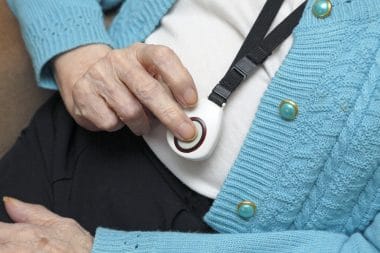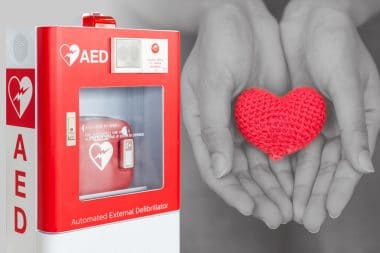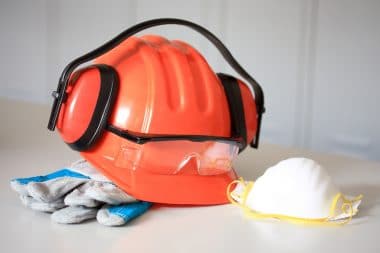The first car seat was invented in 1962. So many of the older readers of this article were never even in a car seat. By 1985 child safety laws required certain children, depending on age, to be in a car seat when riding in a vehicle. From then the laws have changed numerous times with ever increasing legislation and safety regulations.
Here are some sobering statistics from the Colorado Department of Transportation:
“Sadly, between 2010 and 2016, 27 children riding unrestrained in a vehicle were fatally injured on Colorado roads,” said Sam Cole, Safety Communications Manager for the Colorado Department of Transportation (CDOT). “Our priority is making sure parents and caregivers have the knowledge, tools and resources to keep their kids safe when riding in vehicles.”
An improperly restrained child can mean:
- The car seat is not properly installed.
- The car seat is not the proper size for the child.
- Or the child is not secured in a harness or seatbelt.
The latest safety advice is for children not to wear their coat while riding in a car seat. What they have discovered is that during a crash, the material of a puffy jacket can compress, leaving the harness straps too loose to be effective.
This Washington Post Article demonstrates the dilemma this causes parents:
What’s more dangerous for your child in a car seat — a coat, or the cold?
This article points out that if your child is not wearing a coat and you are in a rural area or driving at night, where help may be slow in coming, your risk from the cold is as great as the risk of your car seat harness being loose. Here are some quotes from the article:
But the recommendation struck a nerve with Tanja Fransen, the meteorologist in charge at the National Weather Service in Glasgow, Mont. “Terrible advice,” she said.
As a Weather Service meteorologist, Fransen has been teaching weather safety courses for over 15 years. She says that wearing a coat in the winter is the difference between life and death when you’re driving on rural roads. The only thing you’re doing when you take your child’s winter coat off, she argues, is exposing them to yet another danger in the car. Especially if you’re unconscious and unable to keep yourself or your child warm.
Fransen recounted heartbreaking stories from Montana where passengers who weren’t killed by the accident died rather from hypothermia while waiting for help.
Here is the rebuttal from the same article:
For Kids and Cars, though, the line is clear. “There shouldn’t be any exception because it’s just not safe,” Kids and Cars director Amber Rollins told The Washington Post. “First you have to survive the accident. If you don’t survive the accident, then this is not an issue.”
Rollins says that there’s a critical difference between a regular winter coat and the new “puffy” coats that have become popular recently. “Those create so much space between the body and the straps that they are just not safe,” Rollins said.
There is no law stating you cannot put your child in a jacket in their car seat.  Some people suggest to bundle your child and once to the car undress them to buckle them into their car seat. But you need to take in all the particulars of your trip:Â
- Would help arrive quickly if you were in an accident?
- How cold is it outside?
- Is your car seat installed properly?
- Is your child in an appropriate restraint?
- Have you adjusted the car seat straps for the clothing your child is in? (Remember in warm weather you need to adjust those straps also to fit snug after a long winter).
Your child can not get sick from the cold. But children can lose body temperature quickly. Cold temperatures can compromise your immune system, cause skin irritation, and could lead to frostbite.Â
Be mindful of the limitations of your car seat and aware of your surroundings for the best safety practices.
Kids Coats Car Seat Safety #HealthStatus
Consumer Reports put out this test to check whether your child's coat is too puffy or big to wear under a car seat harness:
- 1Put the coat on your child, sit him or her in the car seat and fasten the harness. Tighten the harness until you can no longer pinch any of the webbing with your thumb and forefinger.
- 2Without loosening the harness at all, unhook it and remove your child from the car seat. Take the coat off, put your child back in the car seat, and buckle the harness straps, which should be adjusted just as they were when the child was wearing the coat.
- 3If you can pinch the webbing between your thumb and forefinger now, then the coat is too bulky to be worn under the harness.
Sources:
https://www.washingtonpost.com/news/capital-weather-gang/wp/2015/12/18/whats-more-dangerous-for-your-child-in-a-car-seat-a-coat-or-the-cold/?noredirect=on&utm_term=.b6b57b32d99b
https://www.consumerreports.org/car-seats/the-dangers-of-winter-coats-and-car-seats/
https://www.codot.gov/news/2018/january/winter-coats-hazardous-to-children-riding-in-car-seats
https://saferide4kids.com/blog/the-general-history-of-car-seats/
Check out this helpful infographic!








Reply